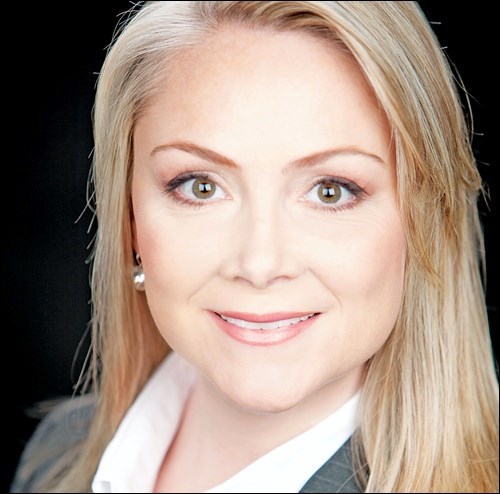You may have been surprised to see some mutual funds and exchange-traded funds disclose that they use “derivatives” in their portfolio management. It may have come as a surprise, because most investors acknowledge that derivatives can be highly risky. Would the use of derivatives pose a major risk to mutual funds in your portfolio?
A “derivative” is a special type of security, usually designed as a contract between a buyer and a seller, the value of which derivesfrom another underlying asset, such as stocks, bonds, commodities, or currencies. They may also be based on things like interest rates or market indexes.
Derivatives are typically used by investment managers for hedging against risks, such as market volatility and differences in exchange rates. Sometimes, derivatives may be used to replicate an entire portfolio (a technique used mostly in the world of specialty ETFs).
There are essentially four basic types of derivatives that are used by portfolio managers.
Options.An option is a contract giving the holder the right (but not the obligation) to buy or sell an underlying asset at the price specified by the option contract by a specified future date. Because options represent a claim on an underlying asset for a fixed period, they have an intrinsic value, and for certain types of highly liquid assets (stocks and commodities, for example) options are traded on options exchanges. Portfolio managers might use options as “insurance” against a drop in the price of an underlying asset, say an exchange-traded stock. In certain circumstances, they might also choose to sell (or “write”) an option contract against their existing share holdings in order to generate additional income from the option premium.
Futures.A futures contract differs from an option in that the contract obliges the holder to deliver the underlying asset at the agreed price at the specified time if called upon to do so. Like an option contract, a futures contract has intrinsic value in and of itself because it represents a claim on an underlying asset, but is itself not the underlying asset. As such, futures contracts are traded on exchanges, and are typically used to hedge against the risk of a price decline (or price increase) of an underlying asset. In a sense, a futures contract is a bet between buyer and seller on the future price of the underlying asset. Futures contracts are available for commodities (gold, copper, corn, wheat, etc.) and financial assets (stock indexes, bonds, currencies, interest rates, etc.), and may be used by fund managers for both hedging and speculative purposes, depending on the mandate of the fund.
Forward contracts.These are similar to futures contracts, but are not traded on exchanges. These are traded strictly over-the-counter and are not guaranteed by a clearing house as are exchange-traded contracts. This gives rise to what’s called “counterparty risk,” which played a large role in the financial crisis of 2008. In large portfolio management, forwards are used most often to hedge against currency risk.
Swaps.A “swap” is typically an interest-rate transaction (although it often involves currencies as well) between parties in which interest payments on specified financial instruments are exchanged over a specified term. In essence, the parties agree to exchange cash flows of a notional principal amount. One party pays fixed-rate interest and receives floating-rate interest, while the other party does the reverse. The idea is to borrow at a lower cost than could be obtained from the market. Swaps are also over-the-counter arrangements, and generally involve huge sums of money.
Mutual funds’ derivative use regulated, risk limited
In Canada, the use of derivatives by mutual funds is highly limited under something called National Instrument 81-102 Investment Funds. It also limits short-selling and securities-financing transactions by mutual funds. Consequently, Canada’s largest fixed-income mutual funds have leverage ratios (the ratio of liabilities to assets) of less than 1%, according to a recent study on potential vulnerabilities of mutual funds released by the Bank of Canada. The study indicates that “none of the largest Canadian mutual funds has derivatives-related liabilities greater than 0.5% of its assets,” and concludes that it’s unlikely that these funds would suffer financial stress from problems in a creditor or derivatives counterparty.
Derivatives may be used more frequently or aggressively in certain types of exchange-traded funds, which are not governed by the same rules as mutual funds. So it’s important always to read the prospectus of any fund investment if you’re concerned about derivative use, and to consult your financial advisor if you’re at all concerned about the risk of any investment.
Courtesy Fundata Canada Inc. © 2015. Robyn Thompson, CFP, CIM, FCSI, is president of Castlemark Wealth Management. This article is not intended as personalized advice.



